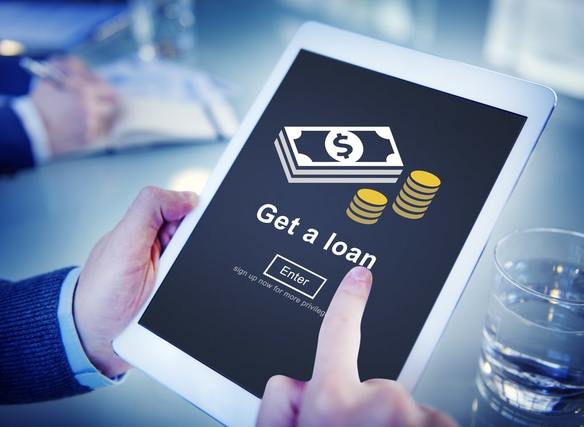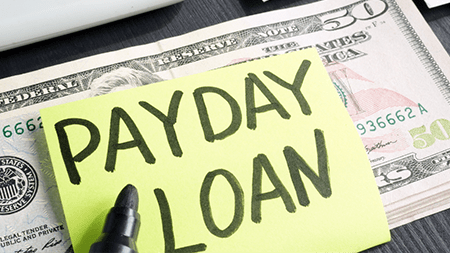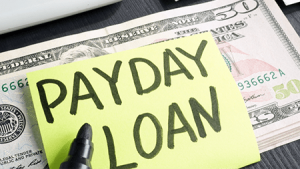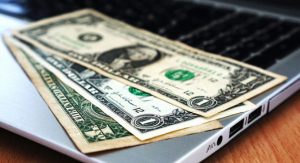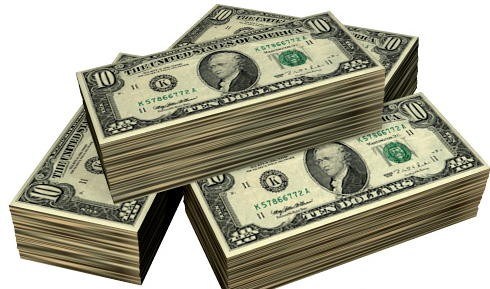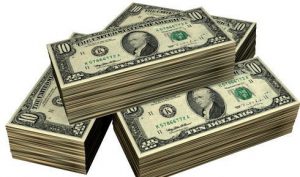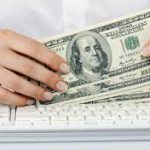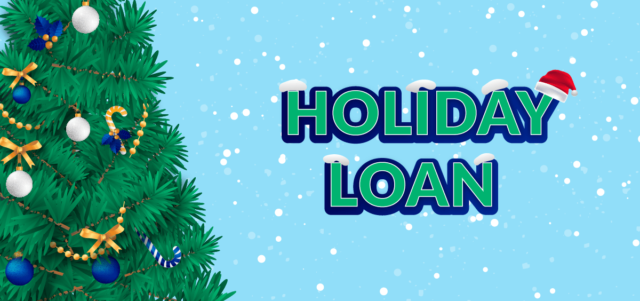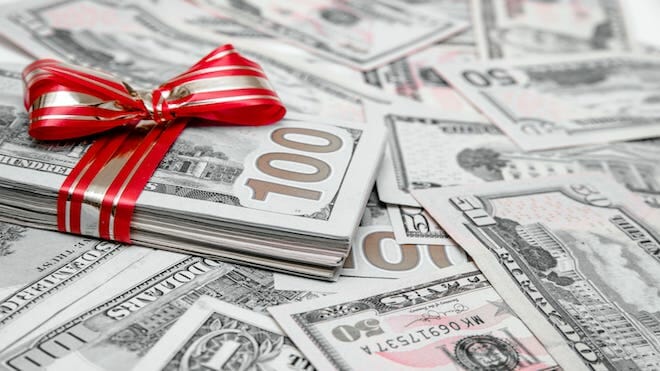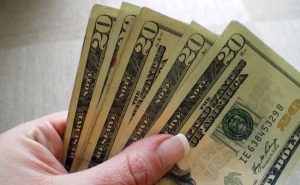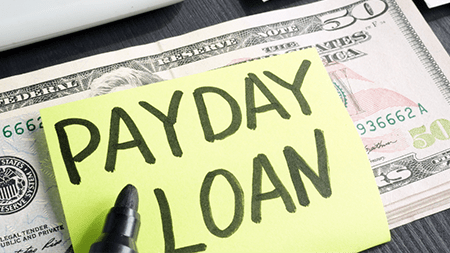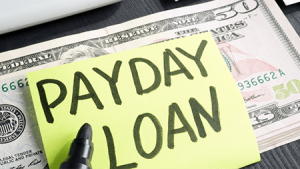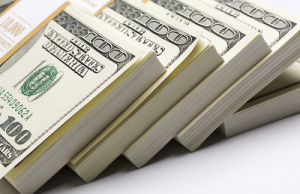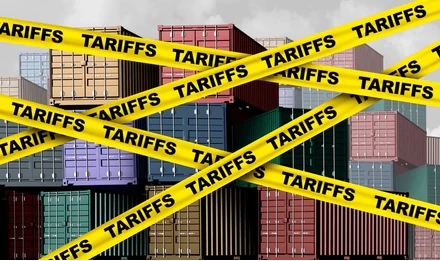
Tariff loans are emerging as a crucial financial tool for many working Americans as economic uncertainty looms and the cost of living continues to climb. These loans are designed to help cover rising expenses triggered by tariffs and the broader economic fallout they’re creating.
If you are facing a tough economic time and in need, or if you’re just simply ready; apply for a tariff loan now.
Let’s break down what you need to know—and why tariff loans might be more important than ever.
Yes, Tariff Loans Are Still Available (Even During a Recession)
Here’s the good news: Tariff loans will remain available for as long as necessary. Whether you need short-term relief between paychecks or a longer-term solution, tariff loans are accessible—even if the U.S. officially enters a recession.
But there’s one important catch: you must be employed to qualify.
Recession on the Horizon? JP Morgan Thinks So
In a chilling forecast, JP Morgan put it bluntly: “There will be blood.”
Initially, they gave a 60% chance of a global recession unless tariffs were removed quickly. Now, they’ve upped the stakes and officially predict a U.S. recession in 2025.
This isn’t just a warning—it’s a forecast. And that makes our offering of a tariff loan even more relevant.
What’s Fueling the Need for Tariff Loans?
Let’s look at what’s driving the demand:
- 📈 Biggest tax increase since 1968—or maybe ever
- 💸 $6 trillion in stock market losses
- 😟 Millions of potential job losses
- 🛒 Sharp price increases on daily essentials
- 💰 Widespread price gouging
Sound familiar? If you’re already feeling the squeeze, you’re not alone.
Everyday Costs Are Climbing—Fast

From food and clothing to electronics and phones, prices are rising across the board. According to some estimates, the average American household could pay over $3,500 more per year due to price hikes alone.
That’s where tariff loans can step in—to help cover that gap and keep you afloat.
What About Using Tariff Loans for Investing?
Some might be tempted to use tariff loans to scoop up cheap stocks during the downturn. Is it risky? Absolutely. Could it pay off? Maybe.
Just keep in mind: it’s not recommended, and you should understand the risks fully before treating a loan like an investment.
But What If You Lose Your Job?
Here’s the tough part: Tariff loans are only available to those who are employed. If layoffs hit your industry, access to these loans could vanish.
That makes financial planning even more crucial right now.
Price Gouging: We’ve Seen It Before
Remember the early pandemic days? Empty shelves. $20 hand sanitizer. Yeah, that.
Sadly, we’re seeing signs of the same thing happening again—companies inflating prices just because they can. Even on goods that aren’t affected by tariffs.
While tariff loans can help cover these inflated costs, the real solution lies in oversight and accountability.
What the Experts Are Saying
- 📉 “Higher inflation and lower growth.” – Jerome Powell
- 🔒 “Tariffs are here to stay.” – Donald Trump
If they’re right, the financial strain could last longer than expected—and tariff loans might be needed well into the future.
Could Tariffs Be Stopped?
Yes. The U.S. Constitution gives Congress the power to regulate tariffs. While the Senate has tried to limit presidential authority on this, the House hasn’t acted yet.
Until that changes, tariff loans may be the only practical option to help deal with the fallout.
Bottom Line
We’re in uncertain territory. Prices are rising, markets are unstable, and economic forecasts are looking grim. But if you’re employed and feeling the pressure, a tariff loan might be the financial cushion you need to get through the storm.
As always, borrow responsibly—and keep an eye on what’s happening in Washington.
